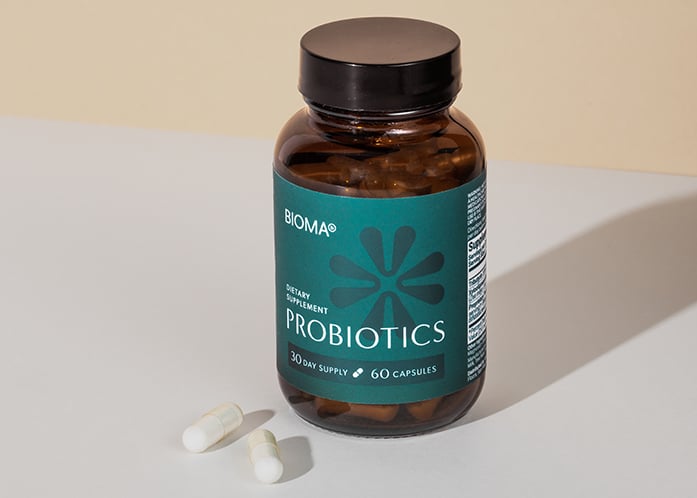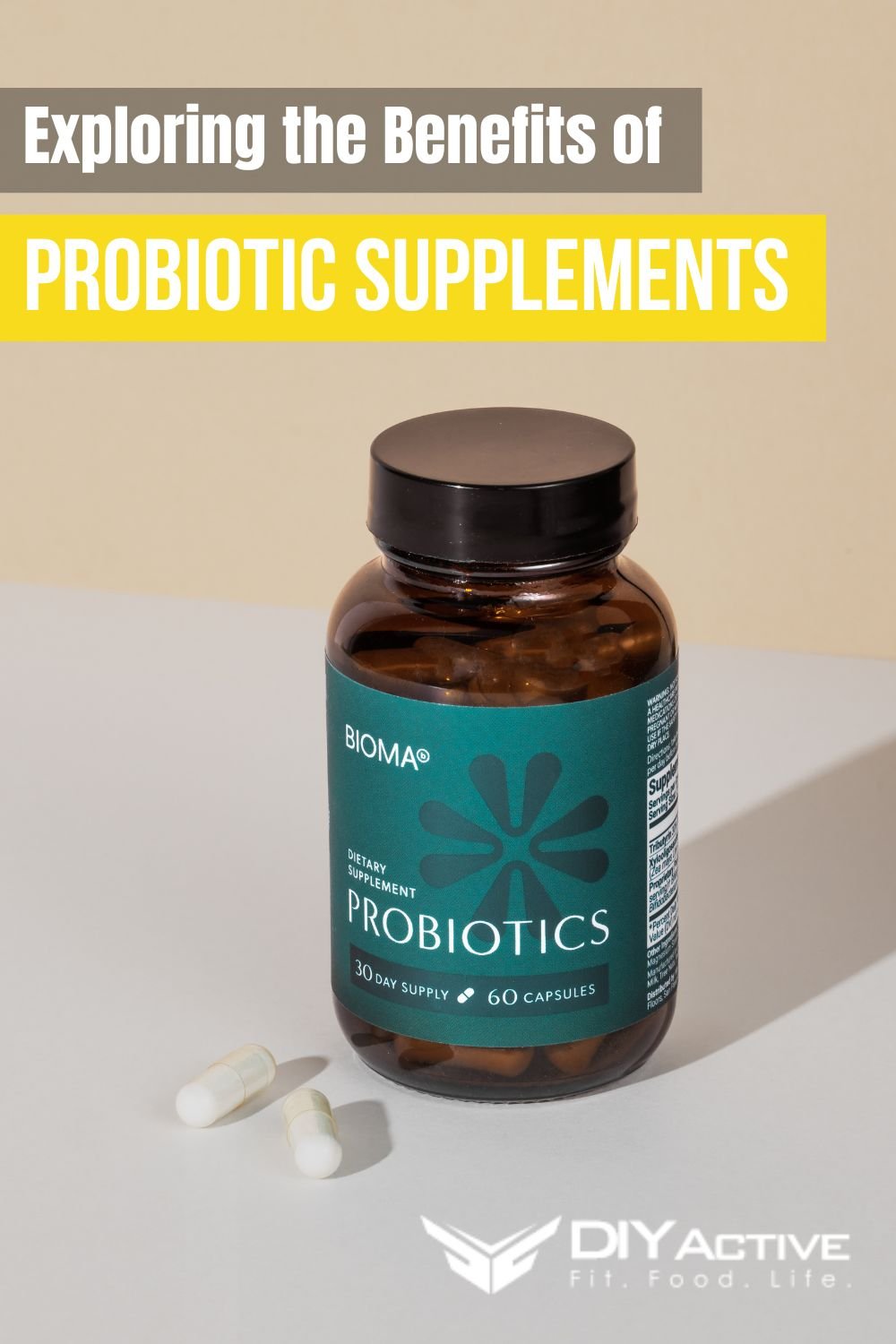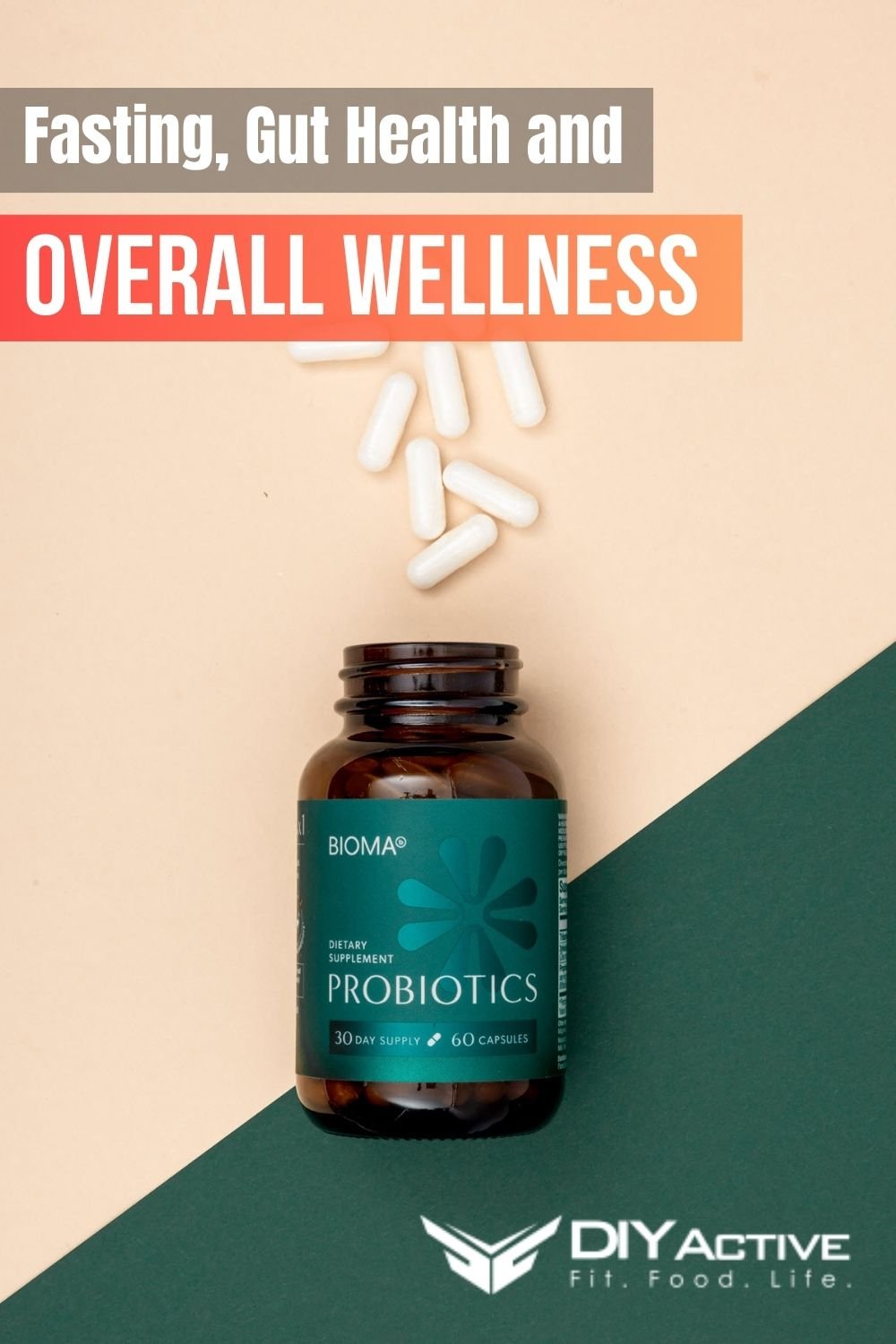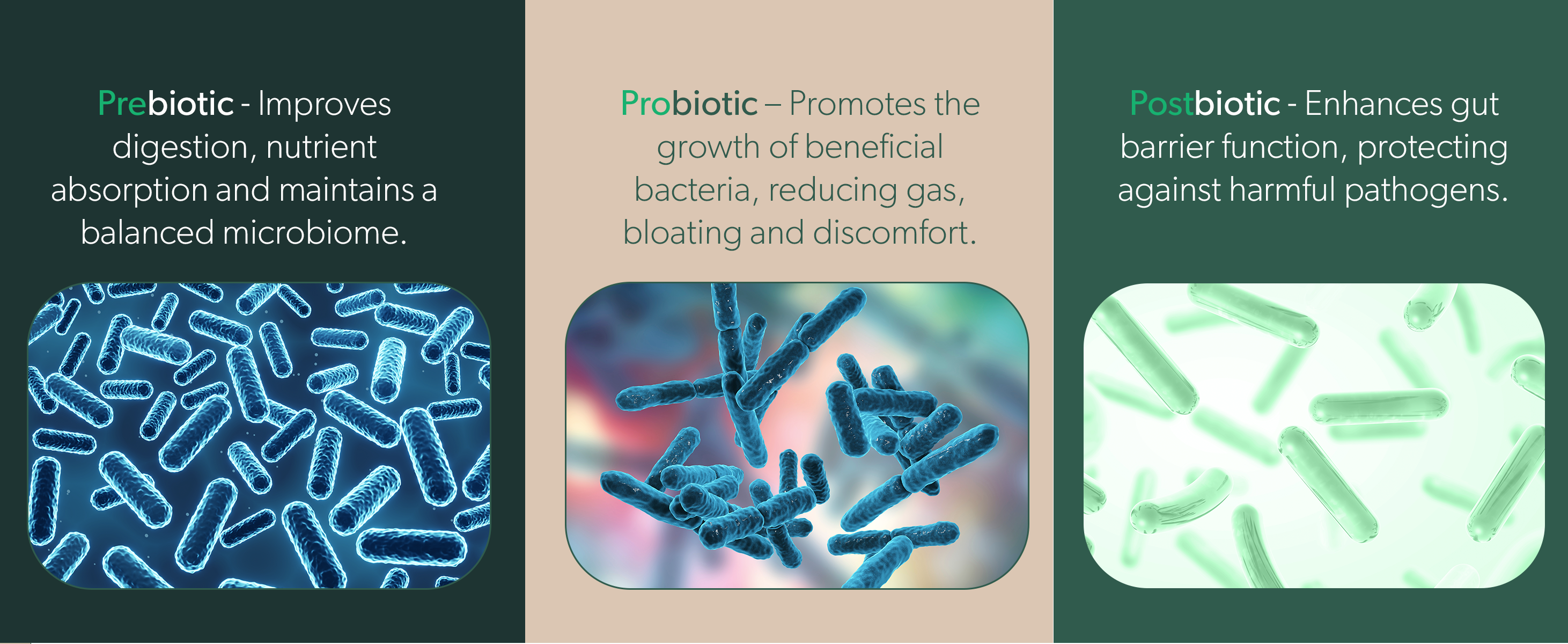Have you ever thought about how staying fit changes as we get older? That’s what “Fitness for Aging: Tailoring Workouts for Different Life Stages” is all about. We’re diving into how workouts can be just right for where you are in life.
From the energy of youth to the wisdom of later years, we’ll explore exercises that keep us strong, flexible, and feeling great. Whether you’re just starting your fitness journey or a seasoned pro, there’s something here for everyone. Let’s discover how to make fitness work best for each stage of life!
Understanding the Aging Process

Before diving into specific workout regimens, it’s essential to grasp how our bodies change as we age. From our 20s to our 60s and beyond, various factors such as muscle mass loss, bone density decrease, and metabolic slowdown come into play.
In our 20s and 30s, we peak in terms of muscle strength and endurance. However, as we move into our 40s and 50s, muscle mass starts to decline, and joints may become stiffer. By our 60s and beyond, maintaining balance and flexibility becomes paramount.
Workouts for the 20s and 30s: Building a Strong Foundation
During these vibrant decades, the focus is often on building a solid fitness foundation that will serve us well in the years to come. High-intensity interval training (HIIT) emerges as a popular choice, combining short bursts of intense exercise with brief rest periods.
This not only enhances cardiovascular health but also boosts metabolism and builds muscle. Weight training is also key, helping to increase bone density and maintain muscle mass.
Cardiovascular Care in the 40s and 50s: Sustaining Vitality

As we enter our 40s and 50s, cardiovascular health takes center stage. Engaging in activities such as jogging, cycling, or swimming can greatly benefit the heart and lungs.
However, it’s essential to balance these with low-impact exercises to protect joints. Yoga and Pilates become valuable additions, promoting flexibility and core strength while also reducing stress—a common companion in these busy decades.
Strength and Stability in the 60s and Beyond: Nurturing Well-Being
Reaching our 60s and beyond brings a focus on maintaining strength, stability, and overall well-being. Resistance bands become invaluable tools, offering gentle yet effective strength training without putting undue pressure on joints.
Tai Chi, with its flowing movements, aids in balance and reduces the risk of falls—a significant concern for older adults. Water aerobics is another excellent choice, providing a full-body workout while cushioning the joints.
Tailoring Workouts for Health Conditions

Throughout these stages, it’s crucial to consider individual health conditions and needs. For those with arthritis, gentle exercises such as swimming or tai chi can soothe joints while keeping them mobile.
Those managing osteoporosis benefit greatly from weight-bearing exercises like walking or dancing, which help to strengthen bones. Individuals with cardiovascular issues may find supervised, moderate-intensity workouts under professional guidance most beneficial.
Embracing Mind-Body Connections
Beyond the physical, integrating mind-body practices can significantly enhance overall well-being. Meditation, mindfulness, and yoga not only improve flexibility and reduce stress but also foster mental clarity and emotional resilience.
These practices become increasingly important as we navigate the stresses and demands of daily life, regardless of age.
The Importance of Consistency and Adaptation

Regardless of the stage of life, the key to reaping the benefits of exercise lies in consistency. Finding activities that one enjoys makes it easier to stay committed.
Moreover, being open to adaptation is crucial—our bodies are dynamic, and what worked in our 30s might need adjustment in our 50s. Regular reassessment of fitness goals and routines ensures that we continue to progress and thrive.
Community and Support: The Vital Ingredients
Lastly, the journey towards fitness in aging is not one that needs to be taken alone. Engaging with community fitness classes, joining walking groups, or even finding online forums for support can make the process more enjoyable and motivating.
Sharing successes, challenges, and tips with others on similar paths fosters a sense of camaraderie and accountability.
Nutritional Support: Fueling the Journey

Alongside tailored workouts, proper nutrition plays a pivotal role in supporting fitness throughout the aging process. In our 20s and 30s, a focus on balanced meals rich in lean proteins, whole grains, and colorful fruits and vegetables provides the energy needed for vigorous workouts.
As we move into our 40s and 50s, it becomes essential to maintain adequate protein intake to support muscle mass and bone health. Incorporating sources of Omega-3 fatty acids, such as fish or flaxseeds, can also benefit cardiovascular health.
In our 60s and beyond, a diet rich in calcium and Vitamin D helps to preserve bone density, while antioxidants from berries and nuts support overall cellular health. Customizing our nutritional intake to match the changing needs of our bodies ensures that we have the energy and nutrients required to thrive in each life stage.
Wanna know if a personal trainer can give nutrition advice, you can read our article “Can Personal Trainers Give Nutrition Advice?”
Rest and Recovery: The Unsung Heroes of Fitness
In the pursuit of fitness, we must not overlook the importance of rest and recovery. In our 20s and 30s, it might be tempting to push ourselves to the limit, but adequate rest is crucial for muscle repair and growth.
As we progress into our 40s and 50s, allowing for recovery becomes even more vital, as it aids in injury prevention and reduces the risk of burnout. In our 60s and beyond, quality sleep becomes a cornerstone of well-being, supporting cognitive function and immune health.
Integrating rest days into our workout schedules, practicing techniques such as gentle stretching or meditation, and prioritizing a good night’s sleep are all essential components of a holistic approach to fitness at any age.
Professional Guidance and Regular Check-ins

- Engage with fitness professionals such as personal trainers or fitness coaches for tailored guidance.
- In our 20s and 30s, they can help establish proper form, prevent injuries, and set achievable goals.
- Transitioning into our 40s and 50s, these experts adjust workouts for emerging health concerns.
- In our 60s and beyond, regular check-ins with healthcare providers ensure safe and effective routines.
- Professionals monitor progress, make adjustments, and provide motivation for a confident fitness journey.
Final Words
So, whether you’re in your 20s, 50s, or beyond, there’s a fitness path for you. By tailoring workouts to our different life stages, we can stay healthy, strong, and active as we age.
Remember, it’s not about competing with anyone else—it’s about feeling good in our own bodies. So, find what works best for you, listen to your body, and enjoy the journey towards a healthier, happier you!
FAQs on Fitness for Aging
What are the activities for aging exercise?
Engaging in daily walks, swimming, yoga, and light weightlifting are beneficial activities for aging exercise. These activities help maintain flexibility, strength, and balance, which are important for overall well-being as we get older.
What are the four main exercise methods according to the National Institute of Aging?
The National Institute of Aging highlights four key exercise methods: endurance, strength, balance, and flexibility. Endurance activities like walking or dancing boost heart health, while strength training with weights or resistance bands helps maintain muscle mass.
Balance exercises such as Tai Chi improve stability, and flexibility exercises like yoga enhance joint mobility.
What level of exercise is recommended for your age?
The recommended exercise level varies with age, but generally, 150 minutes of moderate-intensity aerobic activity per week is ideal for adults. This can be broken down into 30-minute sessions, five days a week.
Additionally, muscle-strengthening activities on two or more days per week are beneficial for overall health and longevity. Adjustments can be made based on individual health conditions and fitness goals.


































